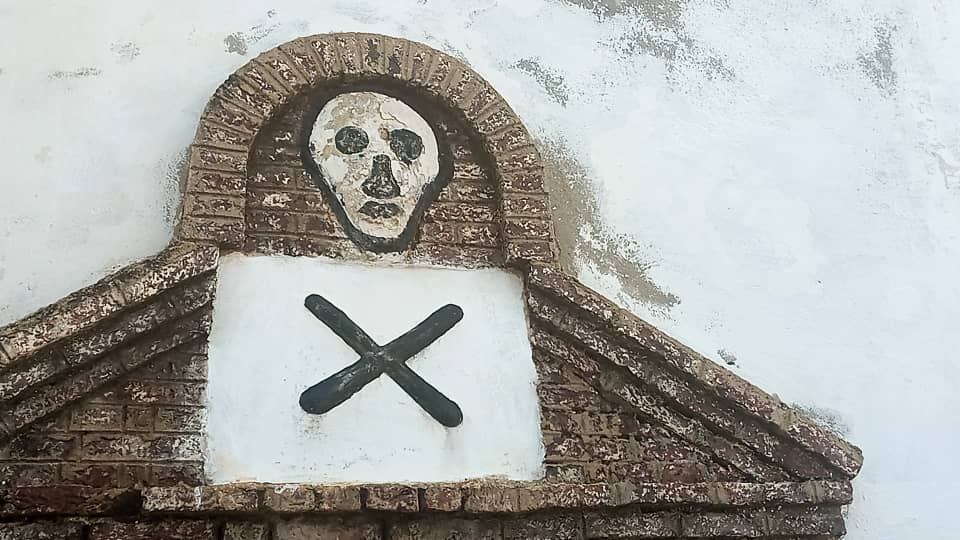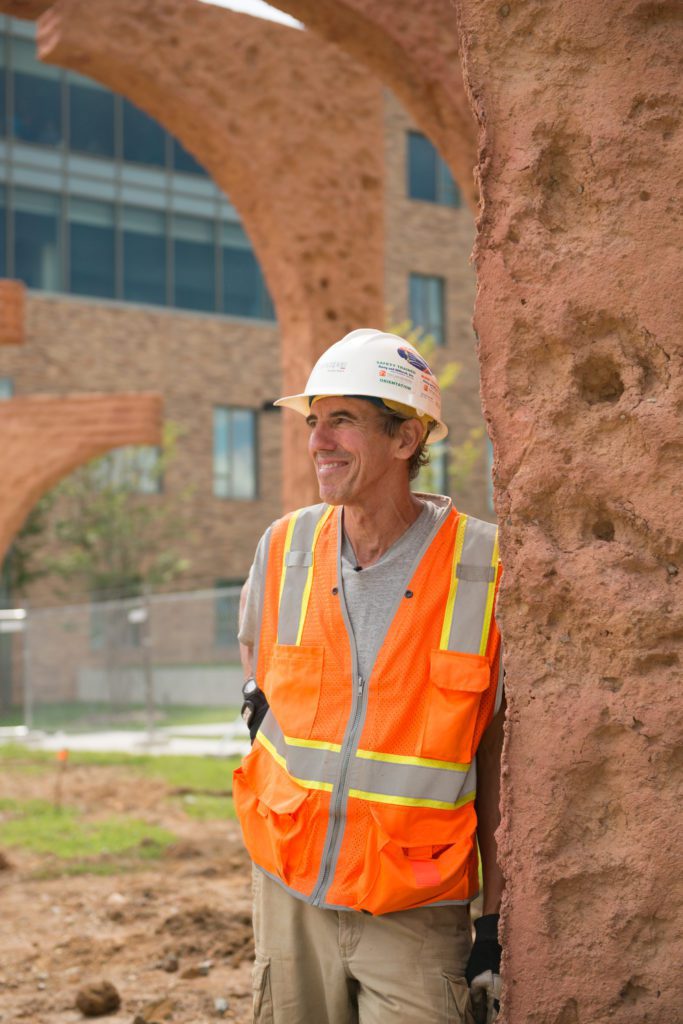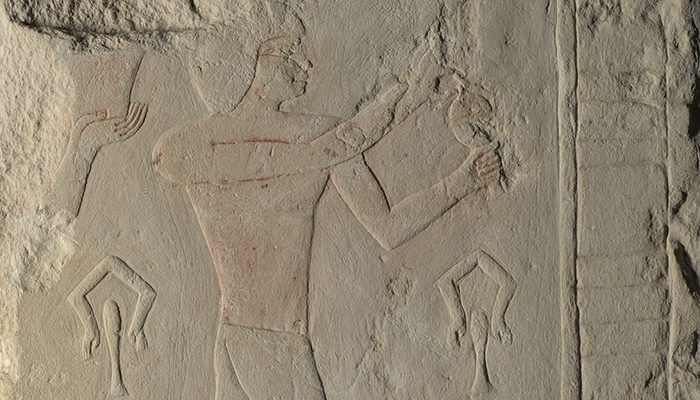The NCMA recently received a $50,000 grant from the Samuel P. Mandell Foundation to support the 2022 reinstallation of the People’s Collection, specifically the Judaic Art Gallery. The grant will support digital labels and hardware, reinstallation, new cases, updates to the gallery walls, key loans, and conservation related to the reimagined collection display.
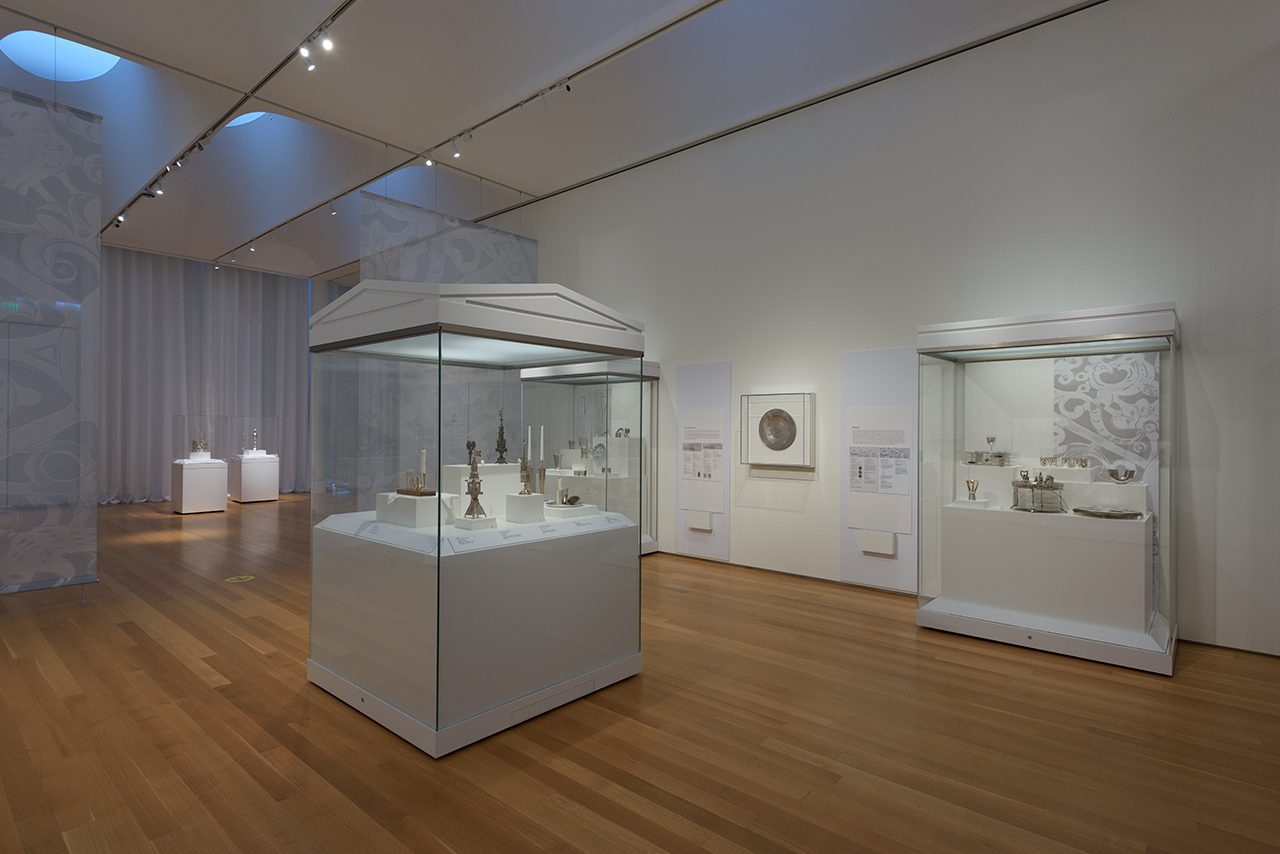
“The Samuel P. Mandell Foundation is pleased to be able to support the expansion of this collection of Judaic art,” said Robin Mandell Green, a Raleigh resident and trustee of the foundation. “My grandfather Samuel, who started this foundation in the late 1950s, was an avid supporter of Jewish causes, and in my opinion, would be thrilled with this donation. I cannot wait to see the final display late next year.”
The NCMA’s galleries are set to undergo a transformation, the first since the opening of West Building in 2010. The reimagined presentation will showcase new thematic and interpretive galleries across East and West buildings. This exciting reinstallation of artworks connects the collection across place and time; features major loans from North Carolina and national and international museums; and showcases new, site-specific commissioned works, providing a more dynamic and accessible experience of the arts. The new organization of the galleries will go on view October 2022.
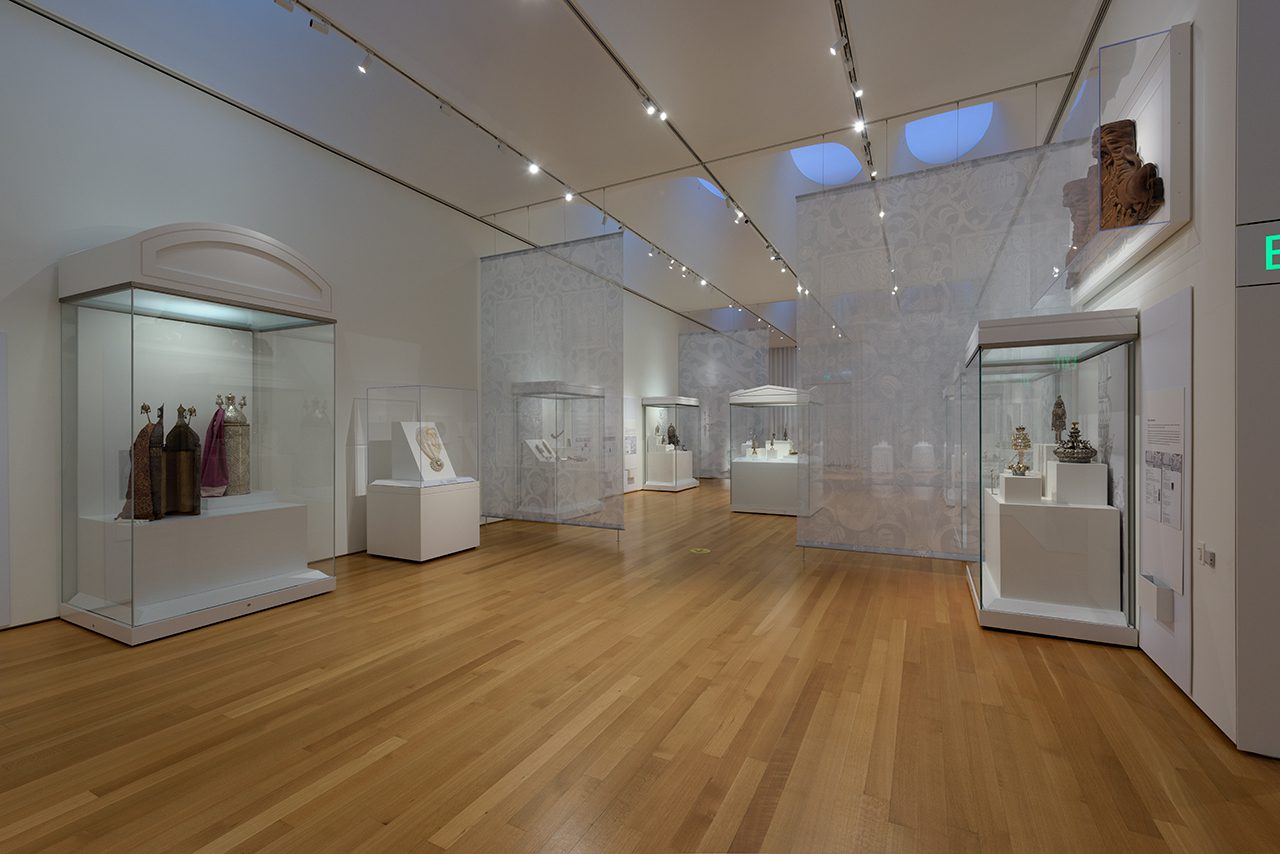
Since its opening in 1983, the NCMA’s Judaic Art Gallery has served as one of the most visible expressions of Jewish culture in the Southeast. Today the NCMA remains one of only two art museums in the country with a permanent gallery dedicated to the ceremonial art of Jewish religion and culture. The vibrant and engaging collection is a celebration of ceremonial art of the Jewish people, a bridge of understanding for non-Jewish visitors, and a tangible connection to our shared humanity. Over the past 38 years, the NCMA has amassed a top-tier art collection, recognizing the power, beauty, and importance of works of Jewish culture.
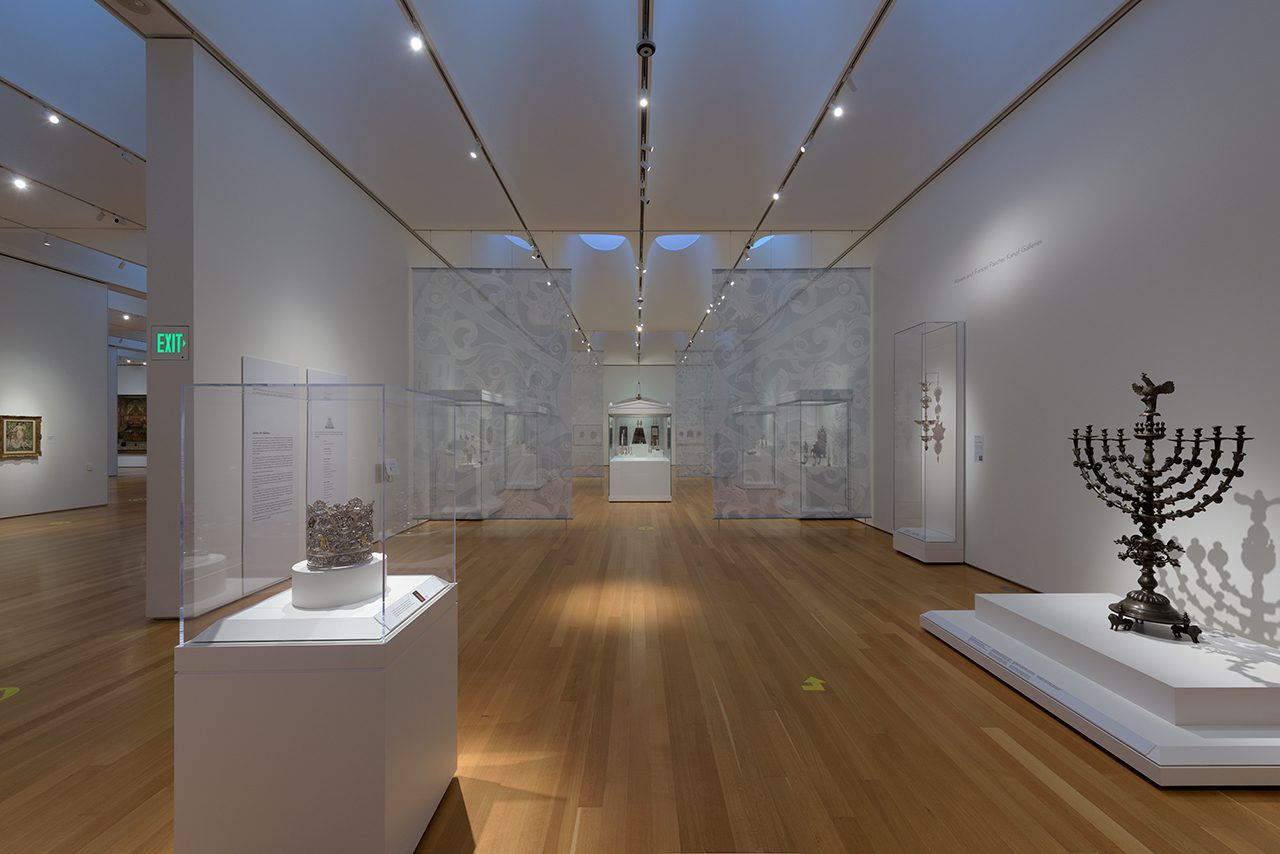
“The reinstallation of the Judaic Art Gallery will move visitors to experience this captivating display of beautiful, historic ceremonial objects in such a way that will heighten appreciation of their art historical importance,” said consulting curator Gabe Goldstein. “The new Judaic gallery will provide a powerful context for exploring artistry, history, and diverse local and transnational cultures. Visitors will learn how personal and communal faith, identity, and heritage are expressed and embodied through art.”
In October 2022 the Judaic Art Gallery will relocate to a different gallery within the Museum’s West Building, placing the collection in the context of the European art collection and other liturgical and religious art in the collection. This new installation will prioritize visitors’ interactions with the Judaic collection, with the intention to bring new and diverse narratives to light, since the new organization of the collection explores the human experience across space and time. In addition to moving the Judaic collection, the Museum will enhance its entire reinstallation by highlighting new acquisitions, including major and significant works of art. Outside of this dedicated space, the reinstallation will also integrate Judaic pieces across the collection galleries to emphasize shared humanity.
“We’re grateful to the Mandell Foundation for supporting this transformation of our collection of Judaic art,” said Museum Director Valerie Hillings. “The grant ensures the Judaic Art Gallery will continue to represent fully the artistic and spiritual lives of the Jewish people worldwide.”
Technology will also figure prominently in the reinstallation, with new research on select artworks in the collection featured on digital labels covering provenance and new revelations found by researchers, conservators, and curators—such as the use of computer imagining revealing previously indecipherable markings and identifying previously unknown marks of artists. Other interpretive elements include a digital kiosk with high-resolution images, basic object information, and videos with deeper context on the ritual use of the objects. Visitors of all ages will be able to explore and connect to the objects on a deeper level through these interpretive stations, which also include three-dimensional scans and educational games, all designed to make information more accessible to visitors. Some labels and print resources will also be available in Spanish.
For more information about the collection reinstallation, visit ncartmuseum.org/PeoplesCollection
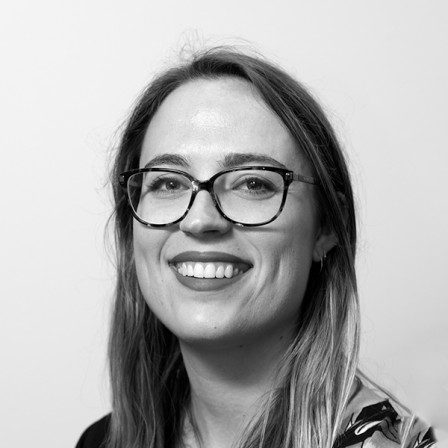
Naming the Nameless
Ghanaian artist Paa Joe memorializes the lives of Africans who passed through “The Gates of No Return” during the transatlantic slave trade. Two NCMA staffers respond to this moving work of art.
Meet Thomas Sayre
The NCMA’s new identity and logo were inspired by an iconic sculpture in the Museum Park. Get inside the mind of the Raleigh artist who created Gyre.
The Africa We Ought to Know
In the past the fusing of diverse beliefs and practices was widespread and remains a constant feature of African culture today.

